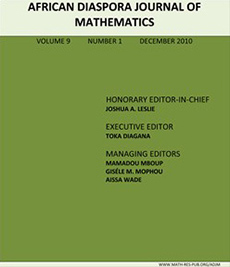Review of Synthesis Techniques for the Fabrication of Nanostructured Thin Films
Abstract
Nanostructured thin films are indispensable in numerous technological domains, spanning from electronics to catalysis. The synthesis techniques utilized profoundly impact the characteristics and efficacy of these films. This review presents a thorough examination of the diverse synthesis methods employed in crafting nanostructured thin films. Initially, it delves into physical vapor deposition techniques like evaporation, sputtering, and pulsed laser deposition, which excel in delivering precise film thickness and composition control. Subsequently, chemical vapor deposition methods such as atomic layer deposition and chemical vapor deposition are scrutinized for their capability to achieve conformal coating and scalability. Moreover, solution-based approaches like spin coating and dip coating are investigated for their simplicity and cost-effectiveness, particularly in large-area deposition. Additionally, emerging synthesis methodologies including template-assisted growth, self-assembly, and molecular beam epitaxy are explored, showcasing their potential for fabricating nanostructured thin films with tailored functionalities and hierarchical structures. Through this comprehensive analysis, the review furnishes valuable insights into the strengths, limitations, and future trajectories of various synthesis techniques, assisting researchers and engineers in discerning the most suitable methods for their specific applications.
Published
How to Cite
Issue
Section
License
Copyright (c) 2022 African Diaspora Journal of Mathematics ISSN: 1539-854X, Multidisciplinary UGC CARE GROUP I

This work is licensed under a Creative Commons Attribution-NonCommercial-NoDerivatives 4.0 International License.




